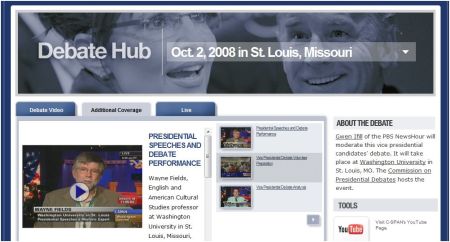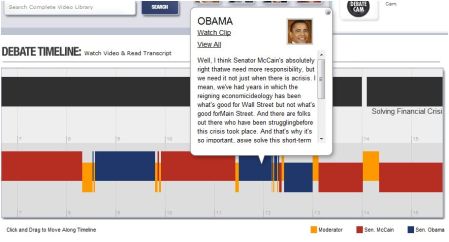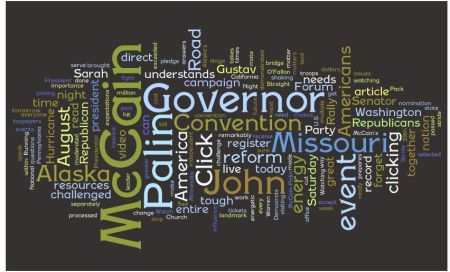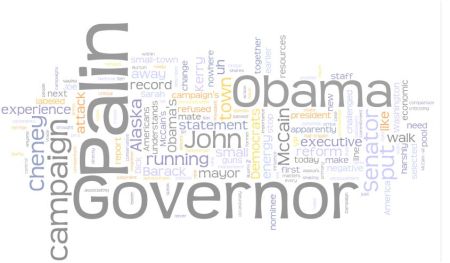As part of my utterly ineffectual campaign to embarrass the journalism establishment until it capitulates to my irresistible wisdom, I’m doing my best to boycott mainstream media coverage of the Democratic National Convention.
There are 15,000 journalists in Denver. There are 4,000 delegates.
At a time when news leaders face the urgent need to reinvent themselves around crushing economic changes, they’re squandering precious journalistic resources earnestly covering an event that’s part infomercial, part pep rally and part goofball Americana parade. All right now, let’s listen to State Sen. Rhubarb Buttwhistle’s intro to Gov. Louis Meander’s tribute to Adlai Stevenson! Tough questions, you say? Tell me, Mdme. Janie, is this convention hat really from 1956?
Yo, journalists: Is this what you went to school for? Isn’t there a meth lab in a house jointly owned by a city councilman and a corrupt contractor catching fire back home or something?
So anyway, I figure this is a great time to check out the emerging media. You know, those bold, independent voices unfettered by the groupthink of corporate media and resistant to the virus of party politics.
I went looking for a source that pulled together an eclectic mix of the best independent voices from non-mainstream, non-corporate media. Certainly some new media visionary was at this task right now, mining the indie datastream for precious nuggets, producing a truly fresh, truly independent, crisply edited feed representing news and opinions spanning the spectrum of politics, age, gender, lifestyle, social class and headwear preferences.
Um, no.
I found four varieties of DNC blog aggregation going on.
Big Brands (Washington Post, The New Republic, Politico) These mainstream outlets simply have their staff use blogging software to get their content on the screen faster. Also saves money on copy editors. Independent? Not so much.
Digital Algorithmic Aggregators (DayLife, Topix) These wrap a skin of a harried producer’s choices around an armature of machine-generated content, usually from mainstream sources. Curated? Not so much.
Lefty Blogs (Huffington Post) and Righty Blogs (RedState). Interesting for three or four clicks. Then, very quickly, thin and stifling.
I spent well over an hour searching for a dispassionate curator who undertook the task of presenting an eclectic mix of high-value content representing a range of views, avoiding both mainstream news and an ideological filter. I searched in vain.
I guess it makes sense. Big media brands are invested in promoting their own folks. Lefties and Righties want to ventilate only the viewpoints their benefactors embrace. The machine aggregators just want to assemble eyeballs at the lowest costs.
All of this exposes an interesting gap in the new media marketplace. Lots of great independent content is being created from and about the convention. Nobody I could locate is making an intellectually honest attempt to select the highest quality stuff and make it accessible in a single place with a single RSS feed. If it included multiple media–pix, Tweets, videos, etc.–so much the better.
I know there’s an audience for this. I know there are people capable of producing this.
And yet. . .there it isn’t.
The digital media marketplace being what it is, I wonder if this task isn’t best suited to a journalistic foundation or university program. [This isn’t a grant proposal, honest.]
Of course, it’s entirely possible that there is a politically independent, journalistically sound effort to curate the best non-MSM content produced by a variety of sources coming out of the DNC in something like real time.
If so, I’d love to hear about it.
It would make my pitiful solo boycott of MSM DNC coverage so much more satisfying.

























Recent Comments